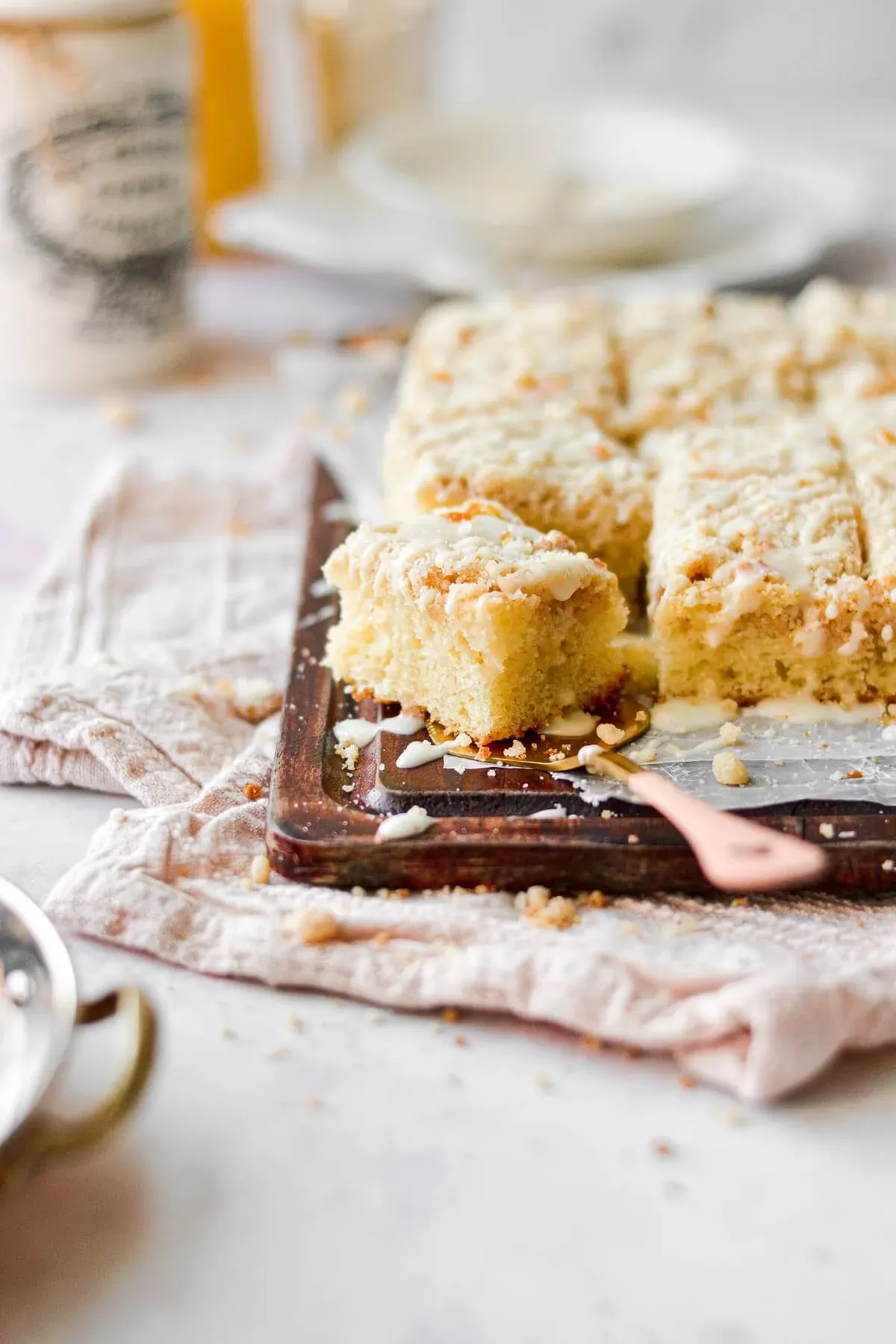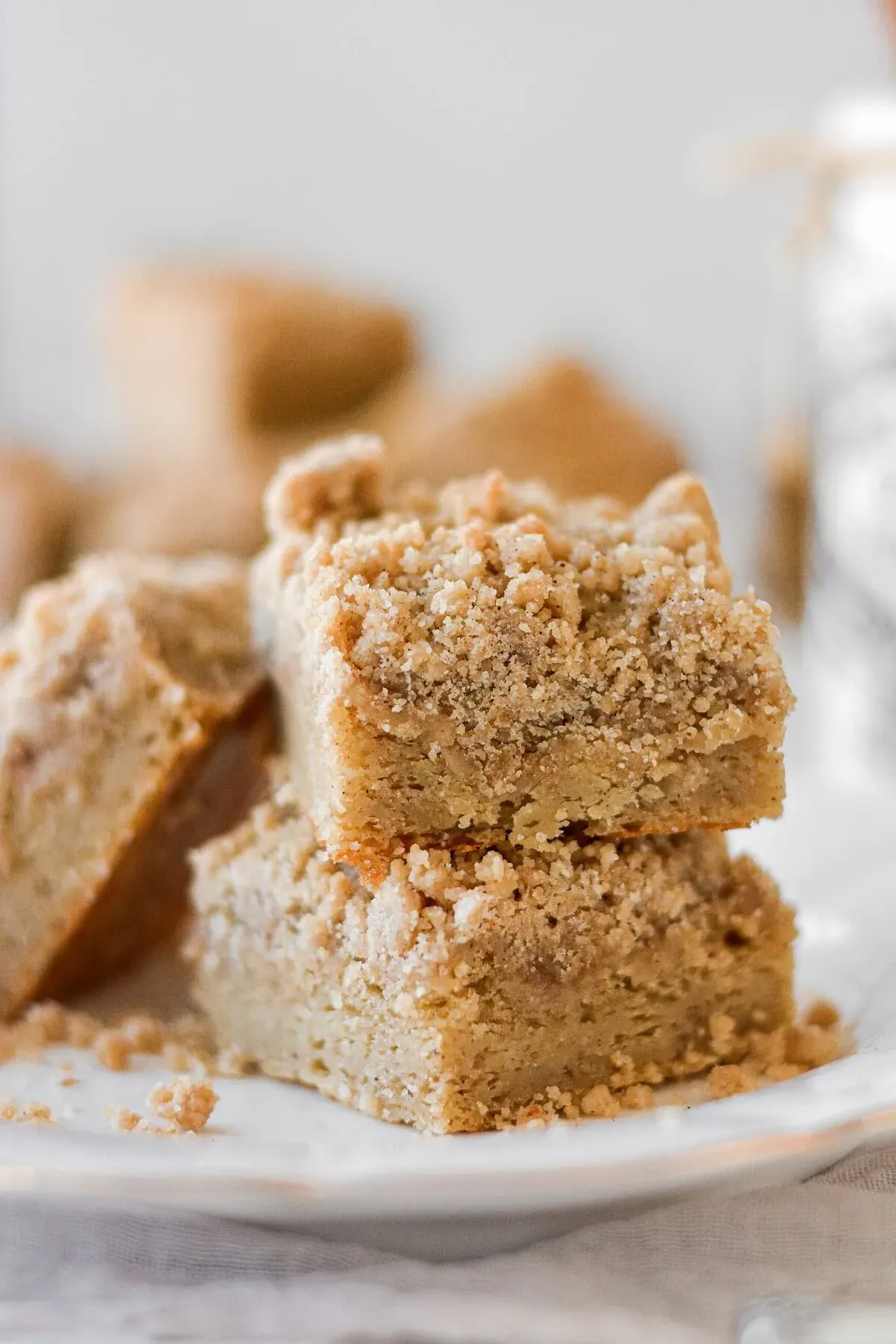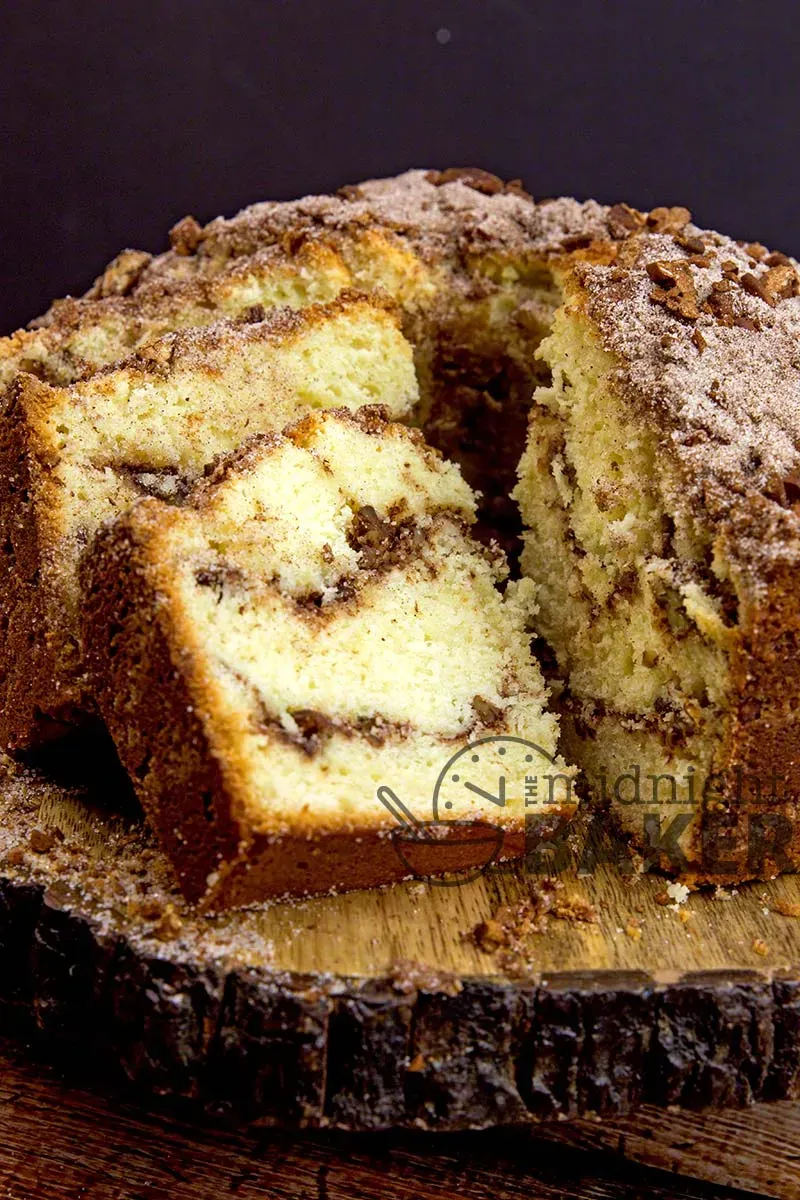Table of Contents
Ever tried baking your favorite coffee cake recipe way up high, only to end up with something sad and sunken? Yeah, high altitude baking is a different beast entirely. The air is thinner, moisture evaporates faster, and leavening agents go a little wild. This is especially true for rich, moist cakes like a classic sour cream coffee cake. What works perfectly at sea level can turn into a dense brick or a crumbly mess when you're living the mountain life.
Why Baking Changes at High Altitude

Why Baking Changes at High Altitude
Alright, let's get down to brass tacks about why baking gets weird when you climb the elevation ladder. The main culprit is lower atmospheric pressure. Think of it like this: at sea level, the air pushes down on everything, including your cake batter. That pressure helps keep things in line. Up high, there's less pressure pushing down. This affects everything from how liquids evaporate to how gases expand. Specifically for baking, leavening agents like baking soda and baking powder produce gas bubbles, and with less pressure resisting them, these bubbles expand much faster and larger than they would at lower altitudes. This rapid expansion can cause cakes to rise too quickly, stretch their structure thin, and then collapse, leading to that dreaded dense or cratered result. Understanding Why Baking Changes at High Altitude is the first step to fixing it.
Here's a quick breakdown of the main issues:
- Lower air pressure causes leavening gases to expand more rapidly.
- Water evaporates faster at higher altitudes due to lower boiling points and drier air.
- Sugar concentration becomes higher as moisture evaporates, affecting texture.
Tackling Sour Cream Coffee Cake at High Altitude

Tackling Sour Cream Coffee Cake at High Altitude
So, you've got this beloved sour cream coffee cake recipe, right? It's moist, it's tender, it's got that perfect streusel situation happening. Now you're living at 5,000 feet or higher, and suddenly, it's a deflated disappointment. Why does this particular cake seem so sensitive? Well, that glorious moisture from the sour cream, which is its superpower at sea level, becomes a liability up high. Remember how water evaporates faster? All that extra liquid contributes to a weaker structure when the leavening gases are expanding like crazy. Tackling Sour Cream Coffee Cake at High Altitude means acknowledging this delicate balance – you need the moisture for texture, but you have to manage the rise and the rapid drying out. It's not impossible, just requires a bit more finesse than your average loaf.
Key Adjustments for High Altitude Sour Cream Coffee Cake

Key Adjustments for High Altitude Sour Cream Coffee Cake
Taming the Rise and Sweetness
When you're tackling high altitude sour cream coffee cake, your first enemies are usually the leaveners and the sugar. Because the air pressure is lower, those baking soda and baking powder bubbles go nuts, expanding way too fast. This stretches the cake's structure thin before it has a chance to set, leading to collapse. So, the immediate fix is to reduce the amount of baking powder and baking soda. Start by cutting them back by about 10-15% from the original recipe. For sugar, the issue is twofold: it weakens the cake structure, and as moisture evaporates faster up high, the sugar concentration increases, making the cake potentially too sweet and sometimes gummy. Knocking off a tablespoon or two of sugar can make a noticeable difference in texture and overall balance. These Key Adjustments for High Altitude Sour Cream Coffee Cake are non-negotiable.
Balancing Moisture and Structure
The next crucial step for a successful high altitude sour cream coffee cake involves managing the moisture and flour. Remember that faster evaporation? Your cake is drying out quicker than you think. While sour cream provides richness, the total liquid needs careful consideration. Sometimes, you might need to slightly *increase* liquid, but often the bigger issue is flour. Flour provides structure. At high altitude, with less pressure and faster leavening, you need a stronger structure to support the cake's rise. Adding a tablespoon or two of extra flour helps build that framework, preventing the cake from collapsing. Think of it like adding more rebar to a building in an earthquake zone. It seems counter-intuitive since we just talked about drying out, but the extra flour helps soak up some excess moisture and provides the necessary scaffolding. These Key Adjustments for High Altitude Sour Cream Coffee Cake work together.
Here are some common starting points for adjustments:
- Reduce baking powder: 1/8 to 1/4 teaspoon per teaspoon called for.
- Reduce baking soda: 1/16 to 1/8 teaspoon per teaspoon called for.
- Reduce sugar: 1-2 tablespoons per cup called for.
- Increase flour: 1-2 tablespoons per cup called for (sometimes).
- Slightly increase liquid (milk, water, etc., *not* necessarily sour cream): 1-2 tablespoons (less common than flour adjustment for this cake).
Tips for Perfect High Altitude Sour Cream Coffee Cake

Tips for Perfect High Altitude Sour Cream Coffee Cake
Temperature Matters, Big Time
so you've made the ingredient adjustments. That's step one for your high altitude sour cream coffee cake success. But here's another tip that gets overlooked: temperature. Make sure your ingredients, especially the sour cream and eggs, are at room temperature. Cold ingredients don't emulsify as well with the creamed butter and sugar, leading to a less smooth batter and potentially a tougher cake. Also, preheating your oven properly is non-negotiable. High altitude ovens can be finicky. Get an oven thermometer and make sure it's spot on before that precious batter goes in. A consistently accurate temperature helps the cake set correctly before those over-eager leaveners cause a collapse.
Don't Overmix and Watch the Bake Time
Once your dry and wet ingredients are combined, resist the urge to keep mixing. Overmixing develops gluten, which is great for bread but not so much for a tender coffee cake. Mix just until everything is incorporated. For high altitude sour cream coffee cake, the bake time might be slightly shorter or the temperature might need a small tweak down after an initial hotter burst. Since liquids evaporate faster, the cake can dry out if left in too long. Start checking for doneness earlier than the sea-level recipe suggests. Use a cake tester or toothpick – it should come out with moist crumbs attached, not completely clean (unless the recipe specifically says so). A completely clean toothpick can mean it's already drying out.
Key baking points for high altitude:
- Ensure ingredients are at room temperature.
- Always preheat your oven accurately with a thermometer.
- Mix batter just until combined; avoid overmixing.
- Start checking for doneness 5-10 minutes earlier than the recipe states.
- A toothpick test should yield moist crumbs, not a completely dry stick.
Your GoTo High Altitude Sour Cream Coffee Cake Recipe

Your GoTo High Altitude Sour Cream Coffee Cake Recipe
so we've talked about *why* baking changes up high and the critical adjustments you need to make. Now, let's get to the good stuff: actually making a fantastic high altitude sour cream coffee cake. Forget trying to perfectly adapt your grandma's sea-level recipe from scratch every time. While understanding the principles is key, having a go-to recipe specifically developed or successfully tested at higher elevations is a game changer. Look for recipes that explicitly state they've been tested at altitudes similar to yours (Denver's 5,280 feet is a common benchmark, but even 3,000 feet requires some changes). These recipes have already done the heavy lifting of tweaking flour, sugar, and leaveners, and often include notes on potential variations based on your specific elevation or even just your oven's quirks. Finding Your Go-To High Altitude Sour Cream Coffee Cake Recipe is about starting with a solid foundation.
Baking Success at Altitude
So, there you have it. Baking a stellar high altitude sour cream coffee cake isn't just about throwing ingredients into a bowl; it's about respecting the physics of where you live. By understanding how thinner air impacts leavening, moisture, and structure, and by making those targeted adjustments to flour, sugar, liquid, and rising agents, you can consistently bake a coffee cake that's moist, tender, and perfectly risen. It takes a little trial and error sometimes, sure, but the reward of that first perfect slice, enjoyed with a cup of coffee, is absolutely worth the effort. Go bake that cake.